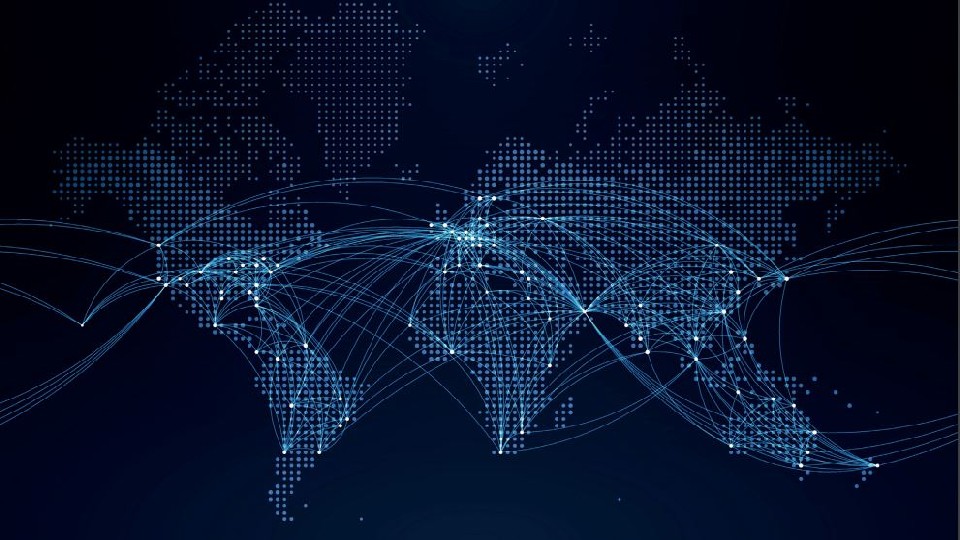243 results found
Featured results



More results
This chapter discusses the impact of climate events on various types of digital infrastructure.

This report responds to a request from the Royal Government of Cambodia for the World Bank to assess the current state of its Digital Economy and identify policies such as supporting the development of digital skills and completing regulatory framework.

This report looks into the area of Congqing, benchmarking its performance against other regions within China and outlining pillars to achieve Chongqing's vision and the risks associated with this vision.

InfraChallenge is an innovation competition aiming to accelerate the global infrastructure industry. We are looking for the next digital solution to help solve one of the big infrastructure issues globally. Here are the top 5 reasons to enter.
This paper describes a framework of supply and demand factors that could affect birth registration coverage rates, using data from Latin America, Asia and Africa the paper looks at factors such as social transfer that could impact birth registration.

This book addresses two concerns. First that advanced technologies developed in high-income countries would inexorably lead to job losses of lower-skilled, less well-off workers and exacerbate inequality. Second Policies intended to protect jobs from technology advancement would themselves stultify progress and depress productivity, these are addressed using the output effect subsitution effect framework.

This report reviews the way we build our cities and how this directly impacts the safety of future generations within the context of Japan.

This report provides a view on the Chongqing area and argues three dimensions of connectivity can be improved: physical (infrastructure) connectivity, digital connectivity, and economic integration with nearby areas, the report then provides a strategy on how to carry this out.

This report provides an overview of the economic outlook for the cities covered in the latest Global Cities forecasting service.

This paper analyses the impact of access to the Internet in China on firm peformance using econometric techiques, the paper looks into what aspects of firm performance were affected, what types of firm communication were facilitated, and what dimensions of the new communication medium were relevant.

The Global Infrastructure Hub (GI Hub) has now signed a consultancy contract for the development of a reference tool to address inclusion in large infrastructure projects.
This paper is intended to capture the main lessons learned from conducting Open Data Readiness Assessments and assisting countries with their implementation.

This report provides a summary of the (IoT) internet of things and its impact on governments, policy, how to utlise the technology and the risks and challenges of the technology.

Ensuring disadvantaged communities have access to adequate infrastructure is a key goal of a new Hub tool, writes Morag Baird, Senior Manager, Leading Practices and Policy, GI Hub.



This report provides an outline ending in 2015 of ASEAN connectivity, the report also outlines future challenges the Master Plan from 2015 on.

Japan's Program for Earthquake-Resistant School Buildings has increased the seismic safety of Japanese schools, and hence increased the safety of Japanese schoolchildren, teachers, and communities. Since 2003, when the program accelerated, the share of earthquake-resistant public elementary and junior high schools has increased, from under half of schools in 2002 to over 95 percent in April 2015. Japan is sharing knowledge from this program with developing countries through its relationship with the Global Facility for Disaster Reduction and Recovery (GFDRR), whose Global Program for Safer Schools has been supported by the Japan–World Bank Program for Mainstreaming Disaster Risk Management in Developing Countries and its implementing arm, the Disaster Risk Management Hub, Tokyo.
The report provides policy and regulatory options for increasing effective use of existing fixed and mobile infrastructure as well as alternative infrastructure networks such as power grids and railroads.

Overall, the study has taken a broad approach to defining Open Access to Transmission and Distribution grids - going well beyond the minimalist notion of simply guaranteeing legal access to the grid for generators and wholesale buyers.




 InfraChallenge website
InfraChallenge website




